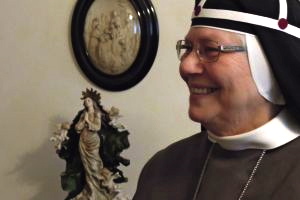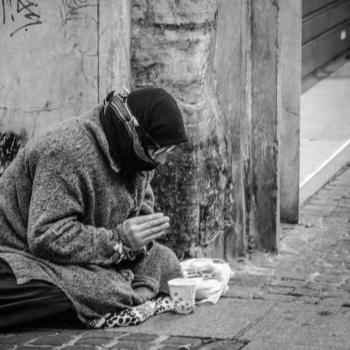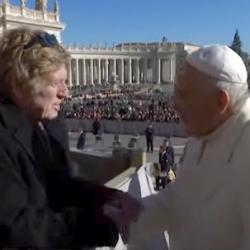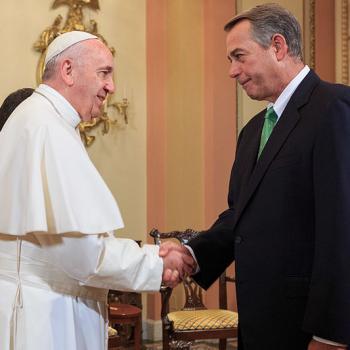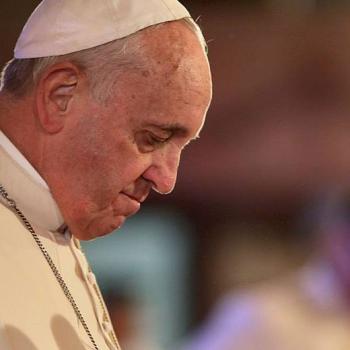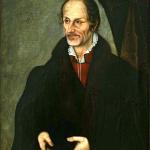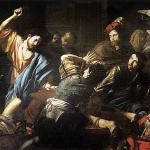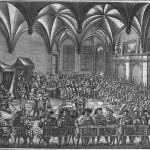If the leadership of American nuns is the vanguard of a progressive spirit up against the Vatican, Mother Tekla Famiglietti is a throwback to the past: an orthodox leader who learned the rules of the game and wields power in the all-male world of the Roman Curia.
The 75-year-old head of an international order and a staunch traditionalist, Italian-born ‘Mother Tekla’ has for more than three decades built a power base with considerable financial prowess.
She established a long relationship with Pope John Paul II and was among the small group in vigil at the papal apartment in the Apostolic Palace the night he died. Her relationship with Pope Benedict XVI was not as warm, and she was kept at a distance from the small circle Benedict called La Famiglia that was central to his daily life. With the cardinals now gathering in the Vatican to elect a new pope, Mother Tekla is here in Rome, but it remains to be seen whether her connections in the Curia will yield access to the new pope. But few would disagree that she has already left a distinctive imprint at the Vatican and on the Catholic Church.
As the Abbess General of the Order of the Most Holy Saviour of Saint Bridget for the last 32 years, she has cultivated global relationships with everyone from Fidel Castro to casino owners to further the goals of her order. She oversees a small empire of hotels, restaurants and high-end guest houses from Israel to India and from Darien, Connecticut to Assisi, Italy that bring in big revenue for her order. Mother Tekla has been taken to task by the media for exploiting nuns who clean, make beds and cook in this tax-free enterprise, but her order has also been widely praised for a bold, worldwide initiative against the trafficking of women. She is a unique and complex player in the global Catholic Church, often referred to as “the most powerful woman in Rome.”
One morning, Mother Tekla sat in the elegant, if understated, parlor of St. Bridget’s House at Piazza Farnese in Rome, a few blocks from the Tiber River and short walk to St. Peter’s Square. She wore a gray habit, her broad face framed in a dark veil with the Bridgettines’ trademark metal strips, resembling a helmet shaped like a crucifix. There was a framed image of herself with John Paul II — and Castro.
In a long and wide-ranging interview with GlobalPost in late November, she spoke in a demeanor that shifted from genial to a steel-hard seriousness, and she seemed to sum up all of the journey in her life, saying, “We are a tool for history, but the one who really acts is God.”

